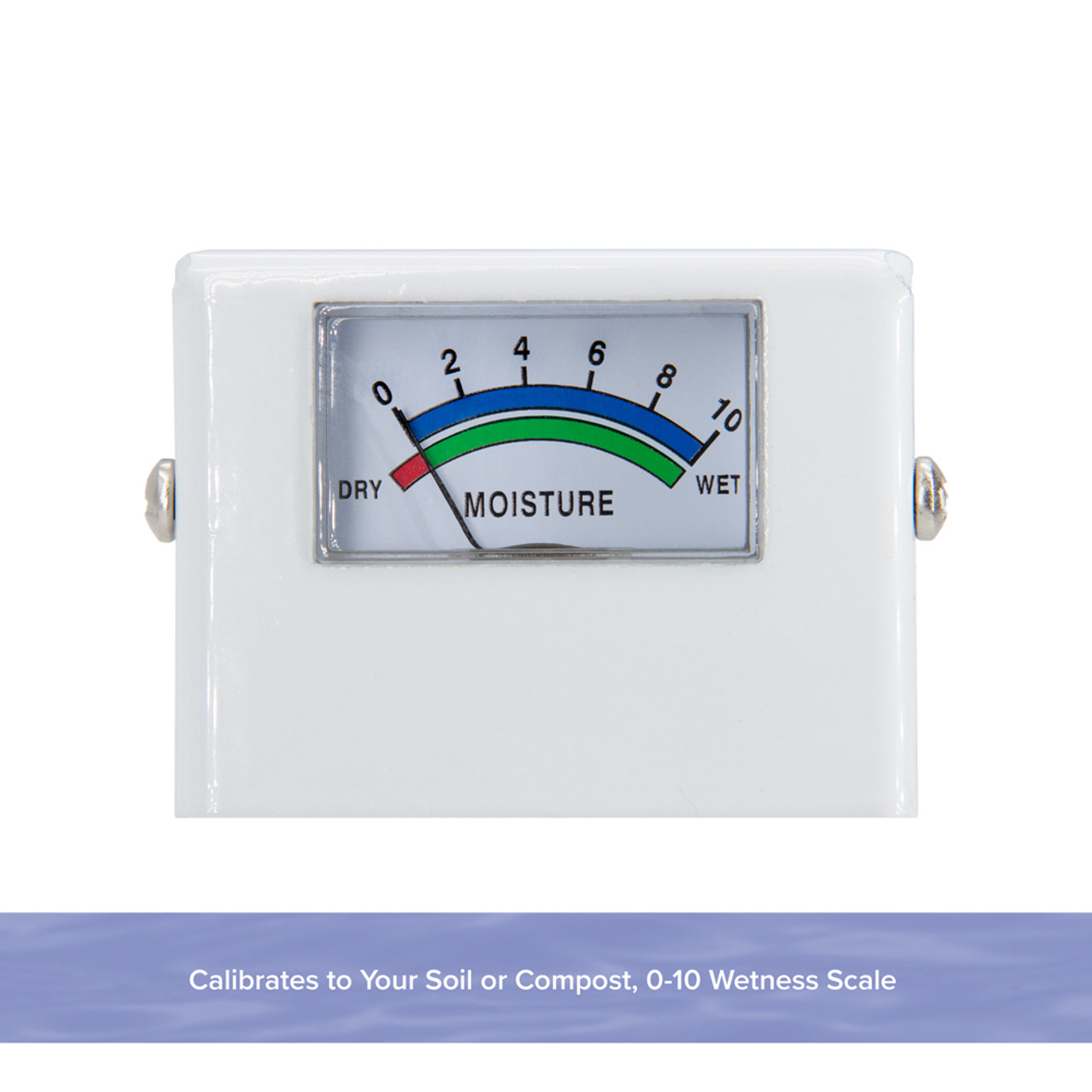Look Into the World of Moisture Meters: Everything You Required to Know
In the world of moisture meters lies a globe of precision and usefulness that frequently goes undetected. Understanding exactly how moisture meters run, the different kinds readily available, and their diverse usages can lose light on their significance in making certain quality and effectiveness.
Just How Moisture Meters Work
Moisture meters operate by determining the electric conductivity or capacitance of materials to identify the dampness web content present. These meters are vital devices across various markets, consisting of construction, agriculture, and woodworking. By making use of various methods such as pin-type or pinless modern technology, dampness meters give accurate readings that help experts make notified decisions.
Pin-type dampness meters function by putting the sharp pins right into the material being evaluated. On the other hand, pinless dampness meters use electromagnetic signals to check a bigger area without causing any damages to the product's surface area.
Despite the technique used, moisture meters play an important role in avoiding issues such as mold and mildew development, architectural damages, or item problems brought on by excess moisture. Comprehending exactly how these meters work is important for ensuring the top quality and honesty of materials in various applications.
Kinds Of Moisture Meters
Offered the vital role moisture meters play in numerous markets, it is vital to comprehend the different kinds available to specialists for accurately analyzing moisture degrees - Moisture Meter. There are mainly 2 primary kinds of wetness meters: pin-type and pinless wetness meters

On the various other hand, pinless moisture meters make use of electromagnetic sensing unit plates to scan a bigger location of the material without creating any type of damages. This type appropriates for quickly scanning huge areas and is frequently used for floor covering, wall surfaces, and ceilings. Pinless meters are practical for taking analyses on finished surface areas without leaving any visible marks.
Both kinds of moisture meters have their benefits and are picked based on the details requirements of the work available. Recognizing the differences in between these kinds is important for specialists to make accurate wetness analyses.
Applications Across Industries
With diverse capabilities, moisture meters find extensive application throughout various markets, assisting professionals in making sure optimum problems for materials and structures. In the farming field, moisture meters are indispensable for establishing the moisture content in grains, seeds, and hay, guaranteeing high quality control and protecting against mold and mildew development. Construction professionals count on wetness meters to examine the wetness degrees in structure products like concrete, drywall, and timber, which is crucial for maintaining structural integrity and avoiding issues like rot or mold. The flooring industry utilizes moisture meters to measure the moisture content in subfloors prior to mounting numerous flooring, protecting against pricey problems because of excess wetness. In the food industry, dampness meters are made use of to check and manage moisture levels in products such as grains, nuts, and dried out fruits to keep quality and high quality. Additionally, moisture meters play a vital role in the restoration and damage control sector by assisting professionals address and recognize water damages in structures promptly. Across these diverse sectors, moisture meters are vital tools for ensuring the top quality, security, and longevity of different materials and items.
Tips for Making Use Of Wetness Meters
When gauging the moisture material in numerous materials,Use the dampness meter's calibration settings to make sure exact analyses. Calibration is essential for the appropriate performance of a dampness meter. Before each use, it is suggested to examine and change the calibration settings according to the particular material being checked. In addition, see to it the meter is readied to the correct moisture range for the material you are measuring to obtain the most precise results.
When utilizing a pin-type wetness meter, place the pins to the proper deepness suggested for the material being evaluated. This guarantees that the moisture analyses this content are extracted from the right deepness within the material, providing a more exact depiction of its wetness content. For pinless dampness meters, bear in mind to preserve appropriate contact with the product's surface to get trusted analyses.
Frequently check and change the batteries in your wetness meter to stop imprecise readings due to low power. Shop the meter in a completely dry and safe area when not being used to prolong its life-span and keep its accuracy. By adhering to these ideas, you can make the most of the performance of your wetness meter and get exact wetness material measurements across different products.
Upkeep and Calibration
To Clicking Here guarantee the accuracy of moisture content measurements, regular upkeep and calibration of the dampness meter are essential steps in its proper performance. Calibration readjusts the dampness meter to make certain that it gives trustworthy and constant results.
Calibration must be done regularly, especially if the moisture meter is used regularly or in essential applications where exact measurements are required. Many dampness meters feature calibration tools or can be calibrated by specialist solutions. Moisture Meter. It is suggested to keep a log of calibration dates and results to track the efficiency of the wetness meter in time. By maintaining and adjusting the wetness meter frequently, users can rely on the precision of the moisture web content dimensions obtained.
Final Thought

In conclusion, moisture meters play a vital role in various markets by properly gauging the moisture material of products. Recognizing just how these devices work, the various kinds readily available, and proper maintenance and calibration are vital for acquiring reliable results. Whether in farming, construction, or manufacturing, the use of wetness meters assists make sure quality assurance and effectiveness in procedures.

In conclusion, dampness meters play a critical duty in different industries by accurately gauging the wetness material of materials.